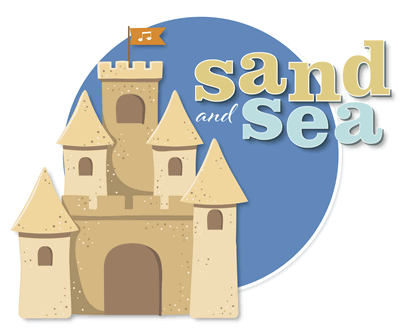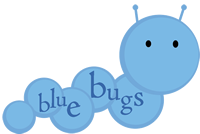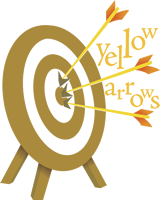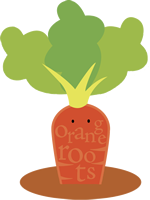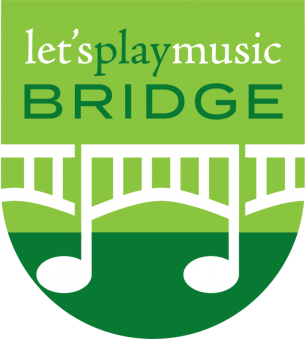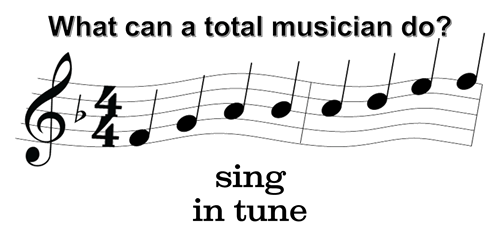|
Here you can find all the information for the classes each week!
|
Brown Teddy Bears #1
Wednesday, August 28, 2024 | Brown Teddy Bears Lessons

Lesson #1

I hope you and your child have as much fun in class as I do each week!! Here are a few reminders that will help you get the most out of our time together in class:
- Please keep all materials (workbook, finger cymbals, and class manipulatives) in your tote bag to bring to class each week.
- Please leave food, drinks and toys at home, in your car, or upstairs. They are a distraction to your own child as well as others in the class.
- Please turn off your cell phone during class. Remember, parent bonding is one of the best features of this class!
- Please utilize the “break area” (the hallway by the bathroom) if your child becomes fussy or disruptive.
- Feel free to contact me with any questions you may have throughout the semester.
- Please be sure to download and listen to your class music on the LPM app!
 The more familiar you and your child are with the music, the more you can both participate in class!
The more familiar you and your child are with the music, the more you can both participate in class! - Tuition is due this week. I prefer payment via Zelle (just use my phone number) because I don't have to pay fees for that, or you may pay with Venmo (@musikandme), which does charge me a small fee, but either one is fine. Tuition is $180 for one student and $220 for a family with more than one child. If you have to make monthly payments, it is $45 for one student and $55 for a family with more than one child.
What songs should you listen to each week? I'll let you know here in case you want to be ready with the ones we'll use next class! Each week we will sing these songs:
- Everybody Say Hello
- ABC Song
- The Letter of the Day
- Everybody Say Goodbye
Next week we'll sing these:
- Name, Name, What's Your Name?
- The Four Seasons
- In My Class I Have Some Bells
- Fall Is Here
- Round and Round the Garden
- The Teddy Bears' Picnic
- Going to the Zoo
- Rocky Mountain
- Weather Dance
- Lavender's Blue

Besides musical skills, Sound Beginnings also introduces children to kindergarten concepts such as name recognition, letters and numbers, and literacy skills. Among other concepts, the Brown Teddy Bears semester will specifically focus on seasons, weather, and rhyming words.
Solfege hand signs help us use our bodies to see and feel pitch relationships.
Smart Moves dances are designed to involve the whole body in a classical music experience; teaching children to recognize themes and phrasing.
Optional home fun activity: Do the Name Recognition activity on page 20 of your workbook
(Remember, these activities are optional but can be a great bonding experience to do with your child during the week.)
Who knew classical music could be so funny? Check out this link for the BEST duet of our Weather Dance song!
Here is a video that will help you to know what Sound Beginnings is all about and how it will benefit your child. This was created by another teacher and she was generous enough to share it!
Here's a fun video for ideas of how to interact with your baby during class (if applicable):
Have a musical day!
-Ms. Bethany :)
Bridge #16A
Tuesday, August 27, 2024 | Bridge Lessons
|
Here is what we did in class this week:
The kids will now have the chance to earn pins for all the songs they pass off. These pins can be attached to their tote bags to show off how awesome they are! There will be pins for all the repertoire songs we've learned so far and all the scales, triads, progressions, arpeggios & inversions in the different keys. To earn these, all they have to do is send me a video of them playing it. You can send a text video or Marco Polo. I will make the pins after they have passed the songs off and give them to the students the next class. It will be fun to see how many pins the kids earn by the end of the year!
Here's all the pins they can earn! Please let me know if you have any questions!
Have a musical day!
|
Purple Magic #1
Tuesday, August 27, 2024 | Purple Magic Lessons

Lesson #1
Welcome back from summer! I'm so excited to begin our 3rd and final Year: Piano Skills!
This is the practice process for this year: Here at the beginning, practice only needs to take as little as 5 to 10 minutes, 5 times a week! The goal is let your child get the idea that sitting at the keyboard is brief and pleasant. Be sure flashcards are done EVERY DAY. (Flashcards should take less than 30 seconds each day this first week.) The first time you go through them, use only the first section (Middle C, B, & D). Then add the F-A-C-E cards for the rest of the week.
 Remember that listening to the class music often is part of the weekly practice assignment and will enhance your child's learning process: Listen, Listen, Listen to the music. The lyrics will teach the kids the musical skills we're working on. If you need help getting the Let's Play Music app to work, start here. Remember, you will use the same login information you used when you registered for class.
Remember that listening to the class music often is part of the weekly practice assignment and will enhance your child's learning process: Listen, Listen, Listen to the music. The lyrics will teach the kids the musical skills we're working on. If you need help getting the Let's Play Music app to work, start here. Remember, you will use the same login information you used when you registered for class.
Check out page 14 of your homework booklet to see tips for practicing the fun 3rd Year repertoire!
Your child has likely grown since last year! Please text or email me a picture of your child sitting at the piano with proper posture. This year it is more important than ever to be practicing proper technique, which starts with proper posture!
 Tuition is due this week and is $280 for the Purple Magic semester. You can pay via Zelle using my phone number (preferred, so I don't have to pay Venmo transaction fees). Zelle is a way to transfer money from your bank account to my bank account without needing to wait or pay extra fees. It's easy to set up through your bank and even easier to use once it has been set up. You could pay via Venmo @musikandme if you really can't set up Zelle. If you need to make monthly payments, rather than paying for the semester, it will be $75/month. (You will save $20 by paying for the semester up front!)
Tuition is due this week and is $280 for the Purple Magic semester. You can pay via Zelle using my phone number (preferred, so I don't have to pay Venmo transaction fees). Zelle is a way to transfer money from your bank account to my bank account without needing to wait or pay extra fees. It's easy to set up through your bank and even easier to use once it has been set up. You could pay via Venmo @musikandme if you really can't set up Zelle. If you need to make monthly payments, rather than paying for the semester, it will be $75/month. (You will save $20 by paying for the semester up front!)
Celebrate Connection
Think of ways you can focus on making practice time as fun as possible – give your child warm, friendly eye contact, smile with your voice, be a little silly, show you are relaxed and happy to sit with your child, and look for the good in your child's effort. Notice the joy in your child's eyes. Verbalize the good you see and hug your child often. This is the beginning of the practice relationship that will be essential to your child's success in Let's Play Music. The more you invest your energy into positive interaction, the more solid and successful this habit will become.
After doing your assignment for class, allow your child to fool around and experiment if he wants to, and play a song he knows -- no matter how simple. This can be done anytime or multiple times throughout the week. Model joy as you play the piano. If you make a mistake, smile and show that you are relaxed and enjoy trying again to fix the mistake. Celebrate your effort to give him the idea his efforts are something to enjoy and celebrate.
Music Alphabet
This is the concept that will need the most review. The chords and scales will likely come back very quickly, but this concept needs a little daily attention. Have them sit with their child and do a quick (10 second) review each day this week. Ask the child to point to a D, then a B, etc. Daily short review will bring this all back.
Treble, Bass, Line and Space
Time to learn all the note names on the staff! This song also teaches countermelody ( a secondary melody played against a primary melody) and helps your student sing in 4 part harmony. Remember that flashcards should be practiced DAILY. Add the treble
space note cards to the flashcards you will practice this week. Keep all other notes banded with the rubber band. These are off limits!
Bounce and Roll
Complete musicianship is more than knowing WHICH notes to play. We are now ready to add another dimension of HOW to play the notes. This song allows us to 'physically' know and understand the articulations of staccato and legato. Articulation refers to the musical performance technique that affects the transition or continuity on a single note, or between multiple notes or sounds.
As you start out this year, check out this practice tip from our Let's Play Music Blog. Here's a little 'practice humor' for you as well!

I've added the Royal Problem Coloring book for you to download. Log in at www.musikandme.com and you can download, print and let your child color the characters as you discuss their favorite part about the puppet show! (Can you hear the characters that you are coloring?)
Here is a link to all the skills videos as well as the link to be able to purchase a class video to make up for a missed class. (tap or scan)
Have a musical day!
-Ms. Bethany :)

